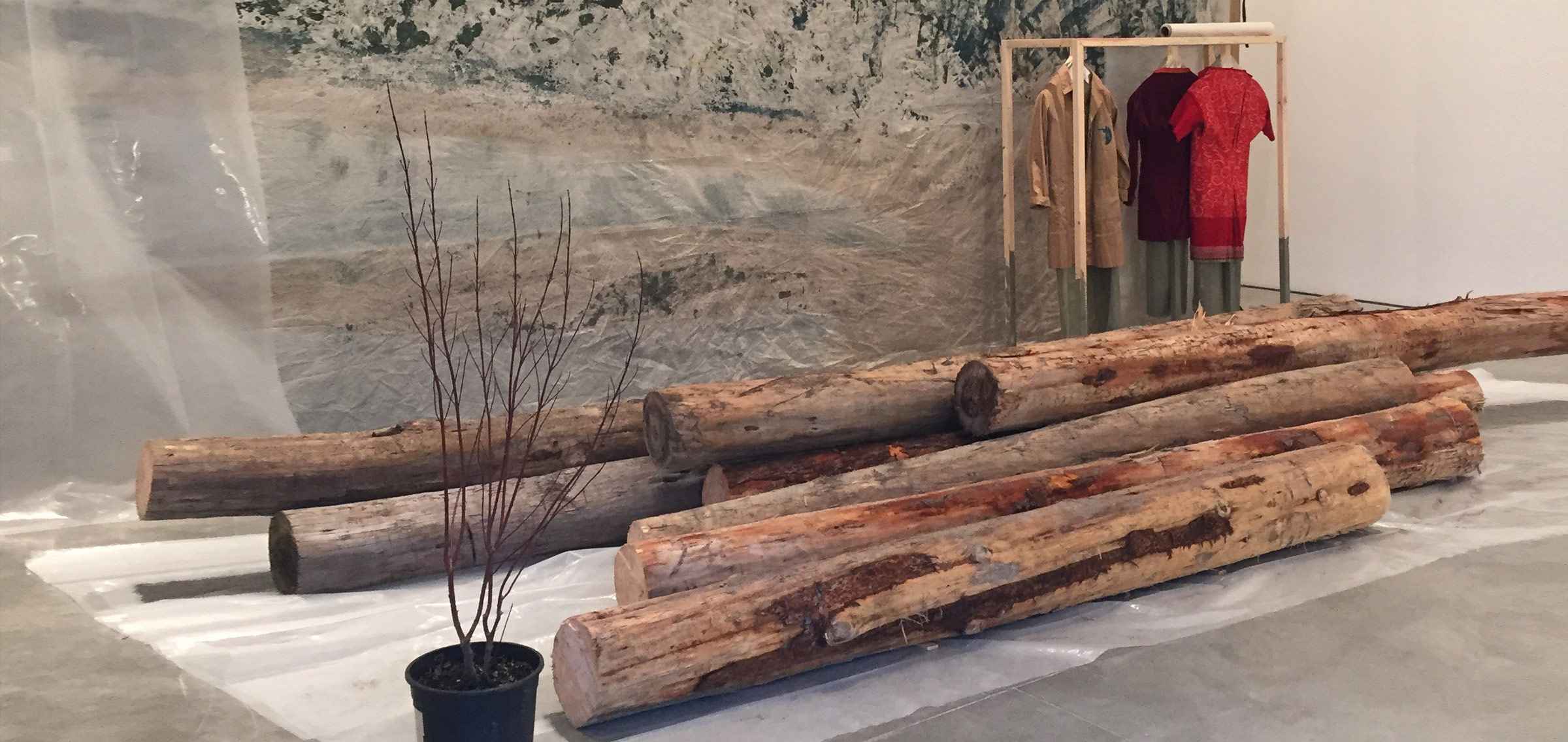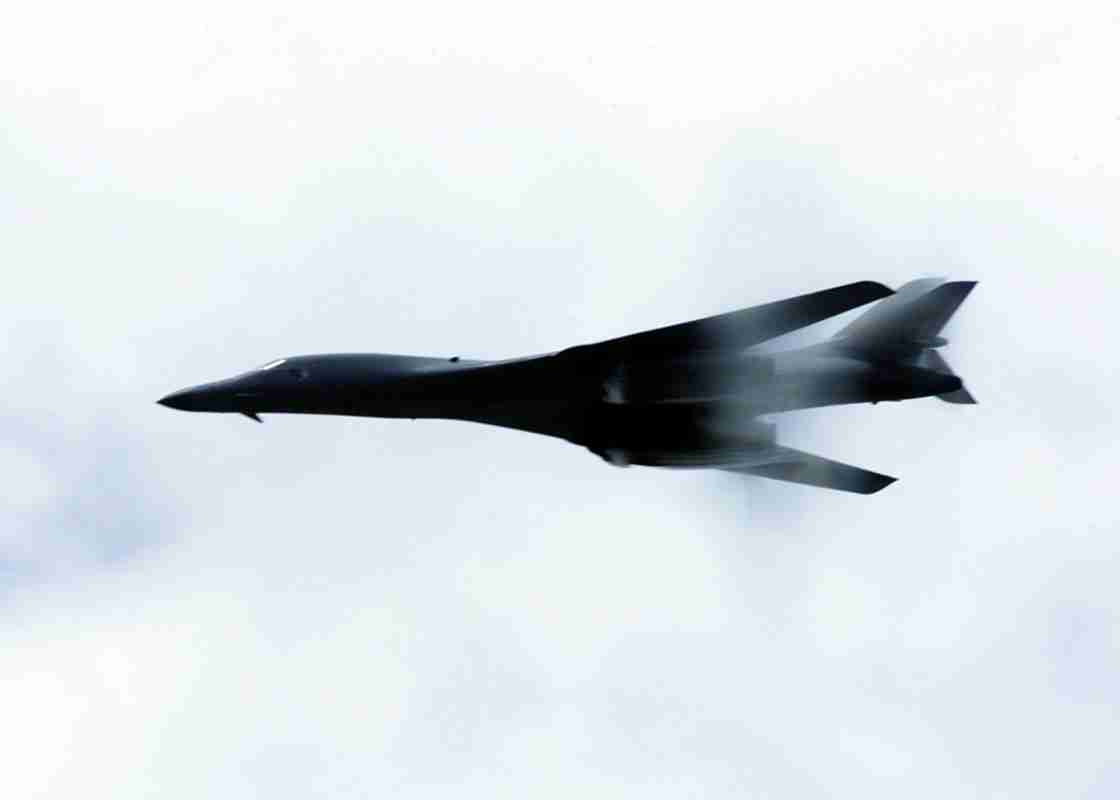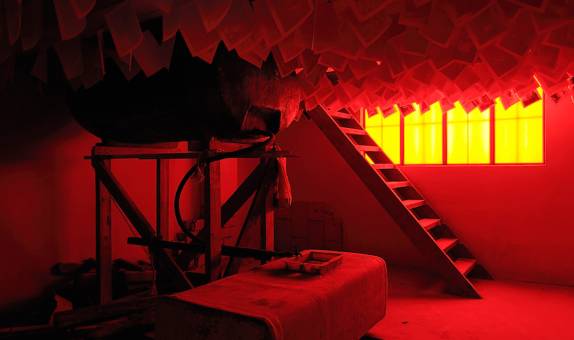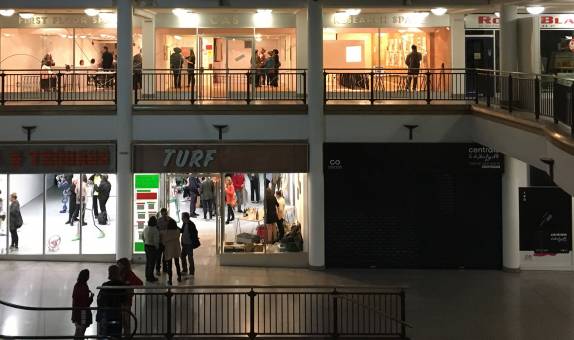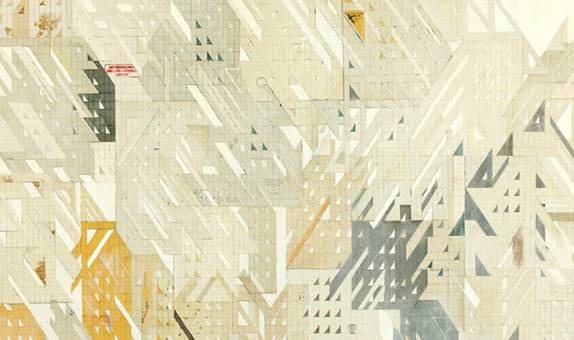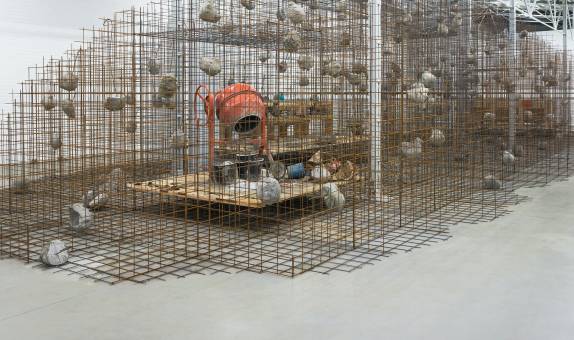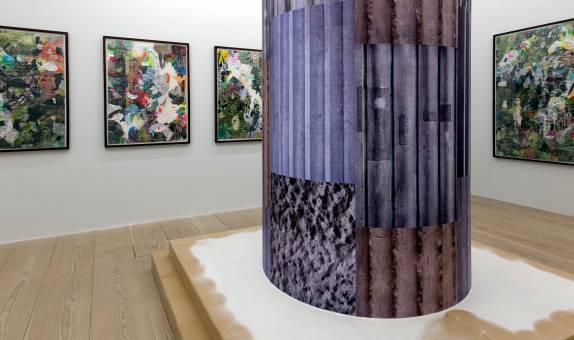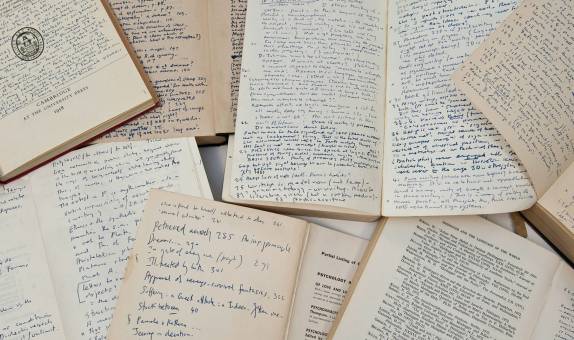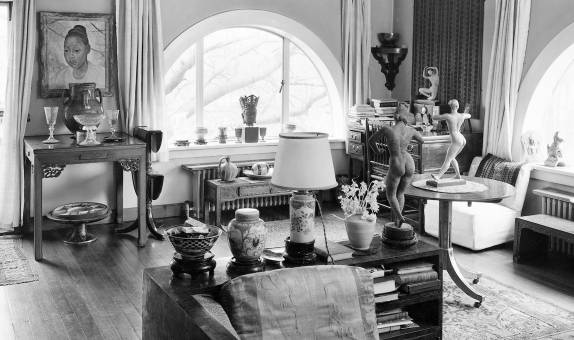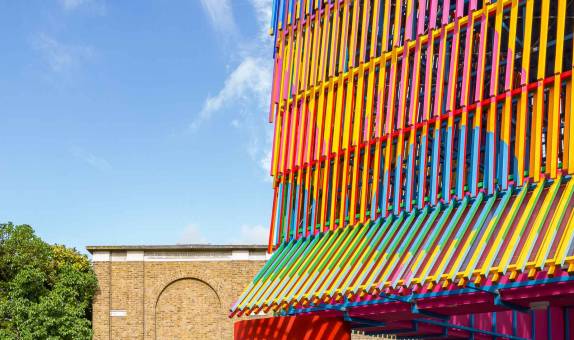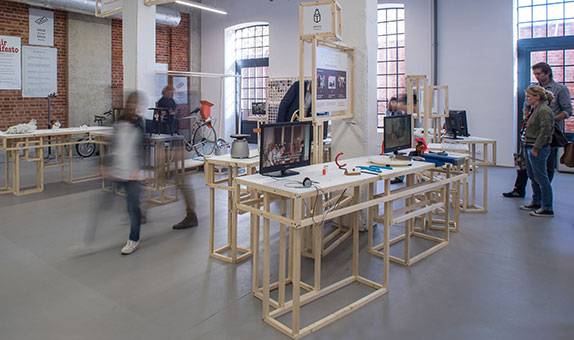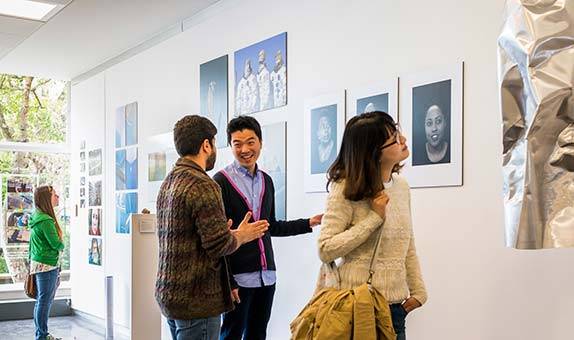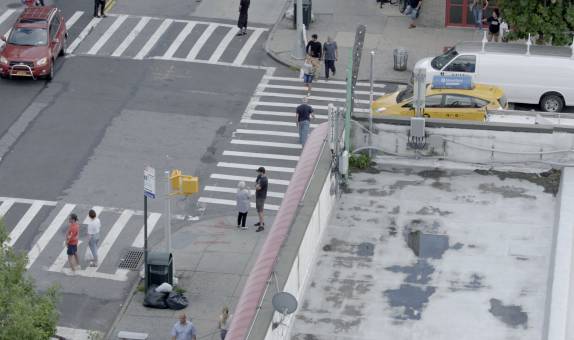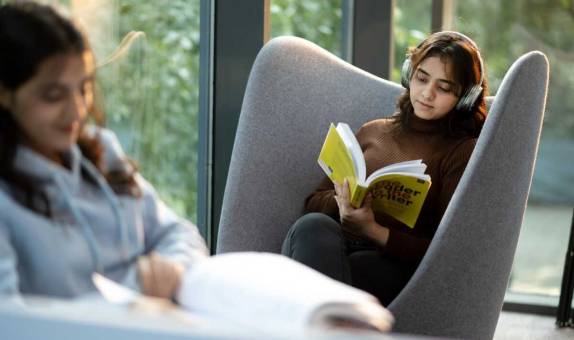Research outputs
The work of the Centre unites practice with criticism, curating and writing, and focuses on social and political engagement though art. Researchers work in the areas of installation art, painting, lens-based media, and performance practice.
There are four overarching research areas in CARC:
- Technology and new media
- Social context and pedagogy
- Epistemology
- Materiality and process.
The Centre has fostered over the years a particular interest and expertise in film and photography, leading to the establishment of the Visible Institute research group in 2017.
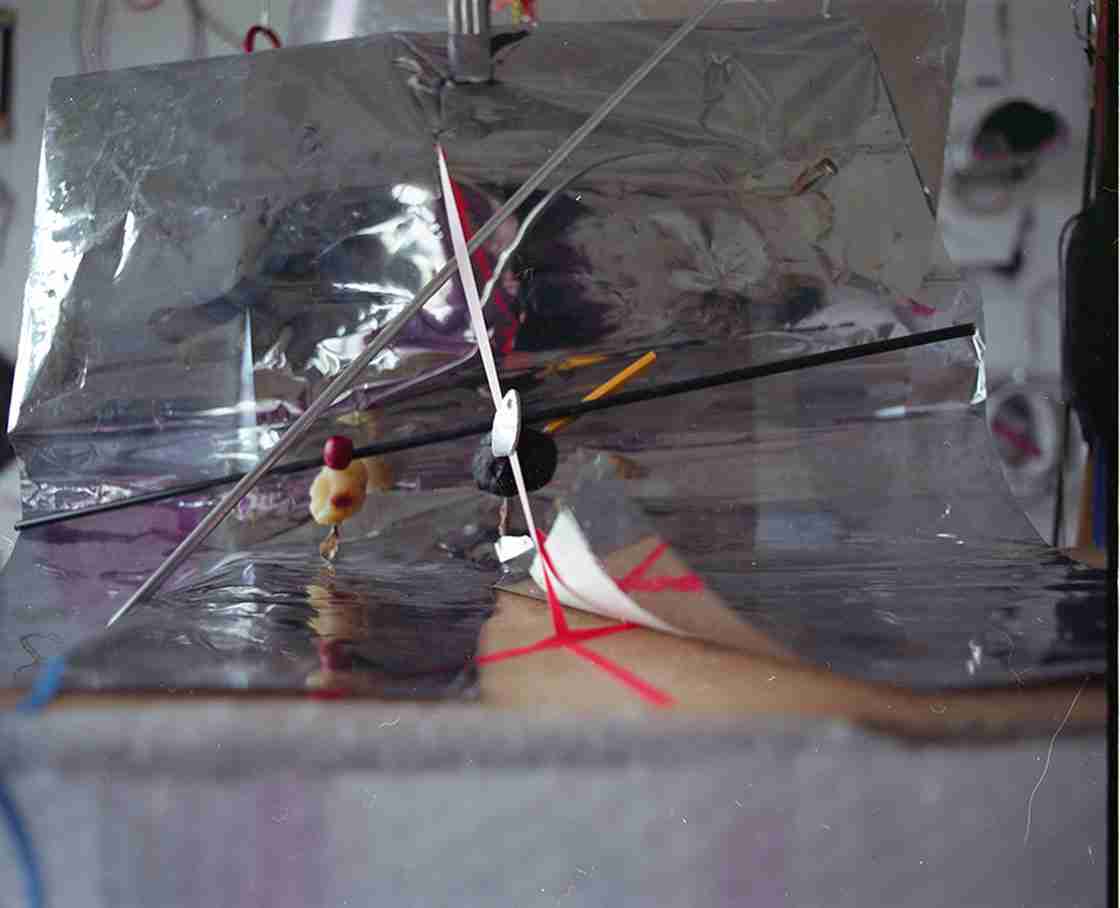
Adam Gillam
Senior Lecturer/Course Leader BA Fine Art
Revelling in material and visual flippancy, Adam Gillam fidgets, probes and tweaks the abundant dark matter of studio experimentation and collected pound-shop tat. The resulting images, objects and accumulations present a potential, momentary resolution between improvisation and refinement.
Adam Gillam studied at Liverpool John Moores University from 1991-1994 and at The Royal Academy Schools, London, from 1994-1997 and is currently represented by Tintype Gallery, London.
Adam Gillam currently lives and works in London.
Alexis Teplin
Senior Lecturer in Fine Art
Alexis Teplin's practice is routed in painting and performance that extends to include sculpture and large scale installation. Concerned with the language of abstraction, Teplin constructs performative installations based in seduction, artificiality and cultural signification.
Exhibitions include Arch (The Politics of Fragmentation), the 20th Sydney Biennale, Drag, Push HOOT, Mary Mary, Glasgow, HE and HO for O, Rise Projects, Silvie Fleming Collection, London, Sacre 101 - An exhibition based on the Rite of Spring, P and C, Migros Museum, Zurich, San Marino Calling, Museo D'Arte Modena e Contemporanea, San Marino, sss T !!, Hayward Gallery, Project Space, London, The Party, performances at Tramway for Glasgow International, Glasgow and the Serpentine Gallery, SANAA Pavilion, London.
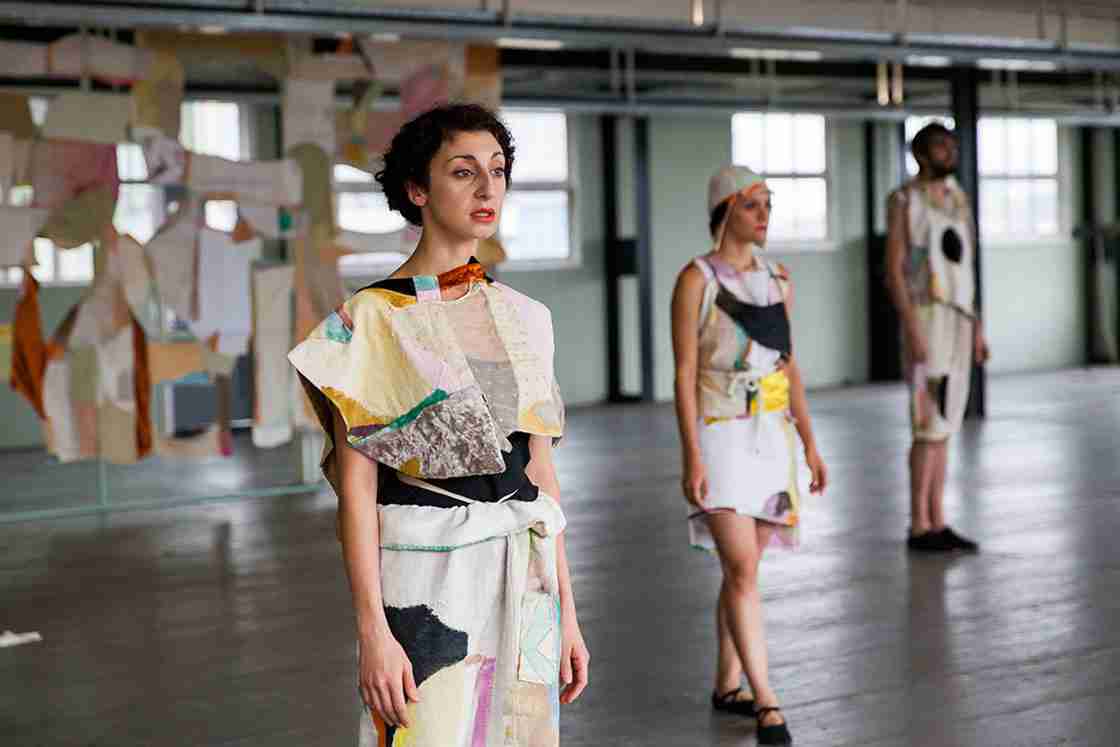
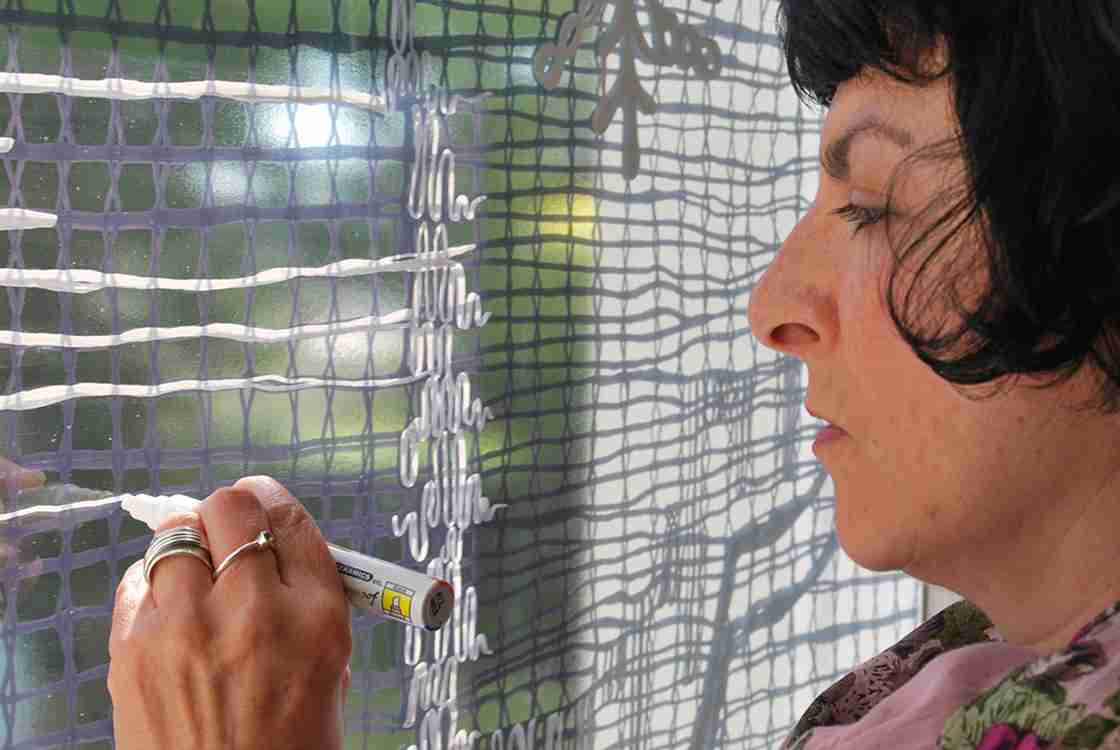
Andrea Stokes
Associate Professor, Fine Art
My research is through a Fine Art practice that uses video, drawing and publication to interrogate space and place, informed by a feminist politic that treats ourselves, our bodies and histories as material.
Recent work includes: Net Curtain (2014) a collaborative drawing made by 25 women creating trompe-l'oeil curtains in the Thelma Hulbert Gallery situated in the historic lace-making town of Honiton, reanimating the presence of the overlooked eponymous artist and engendering conversations about women's work and the textiles industry.
Contemporary Dance for Beginners (2014) a video made and shown at the Whitechapel Idea Store, an iconic building and controversial replacement for the local library. Working alongside the women participants of a ten-week evening class I inhabit and map space through the repetition of choreographed dance sequences.
In current work resulting from a residency in Northern Greenland, I adopt the persona of Captain Janeway from the US TV franchise Start Trek, inhabiting the site of a controversial zinc mine with an embodiment of imperialism.
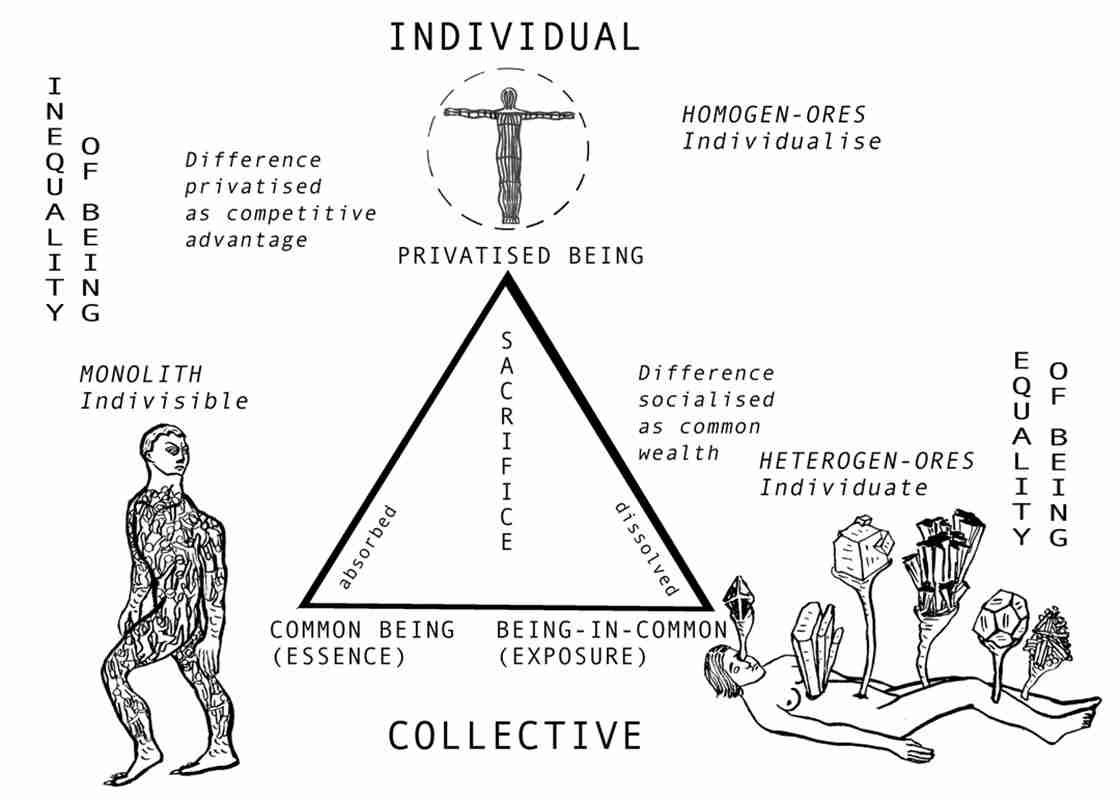
Dean Kenning
Research Fellow in Fine Art
There are two main aspects to my art practice. Firstly art as a form of generative exploratory communication and thinking through drawing. This includes allegorical and diagrammatic based philosophical, political and economic investigations such as the Metallurgy and Capital projects, as well as the pedagogical Social Body Mind Maps. Secondly, material object based work that is compulsive, humorous and engages a B-movie horror aesthetic. In particular my kinetic rubber and sound sculptures. The two aspects come together most clearly in video and performance work. I often work as part of art groups. My work has been shown at the ICA, Grundy Art Gallery, BAK and the Whitechapel Gallery.
I have written on art and politics, ‘idiot art', and art education, publishing in journals such as Art Monthly, Third Text and Mute, and co-organising symposia at Tate Modern, Whitechapel and the ICA. At Kingston I have published a series of booklets based on transcripts from the Stanley Picker Public Lectures series.
Related link:
Elizabeth Price
Professor of Fine Art
London-based artist Elizabeth Price (British, b. 1966) creates richly multi-layered narrative moving image works made specifically for gallery environments. Often beginning with research undertaken in archives and museum collections, Price draws on varying references, such as architectural sites, social and political histories, as well as and the language of advertising copy. Composed of collaged imagery – analogue and digital photography, animation, and motion graphics – Price's works almost always include scrolling text, sometimes read out loud by a narrator's computerised voice set against a musical background. Through the artist's choice of composition, archival footage is brought into conversation with digitally rendered imagery, blurring the boundary between historical fact and fiction, real and imagined narratives. Editing plays a key role in Price's practice, and her arresting works are widely regarded for the interplay of the visual and aural – the rapid succession of imagery combined with layered soundtracks.
In 2012 Price was awarded the Turner Prize for her solo exhibition ‘HERE' at the Baltic Centre for Contemporary Art, Gateshead. The same year she also won the Paul Hamlin Award for artists. In 2013 she was awarded the Contemporary Art Society Annual Award, a commission prize which enable her to make a work for the collection of the Ashmolean Museum, Oxford. She was featured in the British Art Show 2011, and has since had solo presentations at Bloomberg International and Chisenhale Gallery London; The New Museum, New York; Julia Stoschek Collection, Düsseldorf; The Swedish Contemporary Art Foundation, Stockholm; Kunsthalle Winterthur, Switzerland, the Musée d'art Contemporain de Montréal and the Neuer Berliner Kunstverien, Berlin.
Forthcoming she will be presenting major solo exhibitions at ISAW, New York and the Chicago Institute of Art in 2017; The Walker, Minneapolis; Nottingham Contemporary; Berlin Natural History Museum in 2018 and a major survey show at the Whitworth Manchester in 2019.
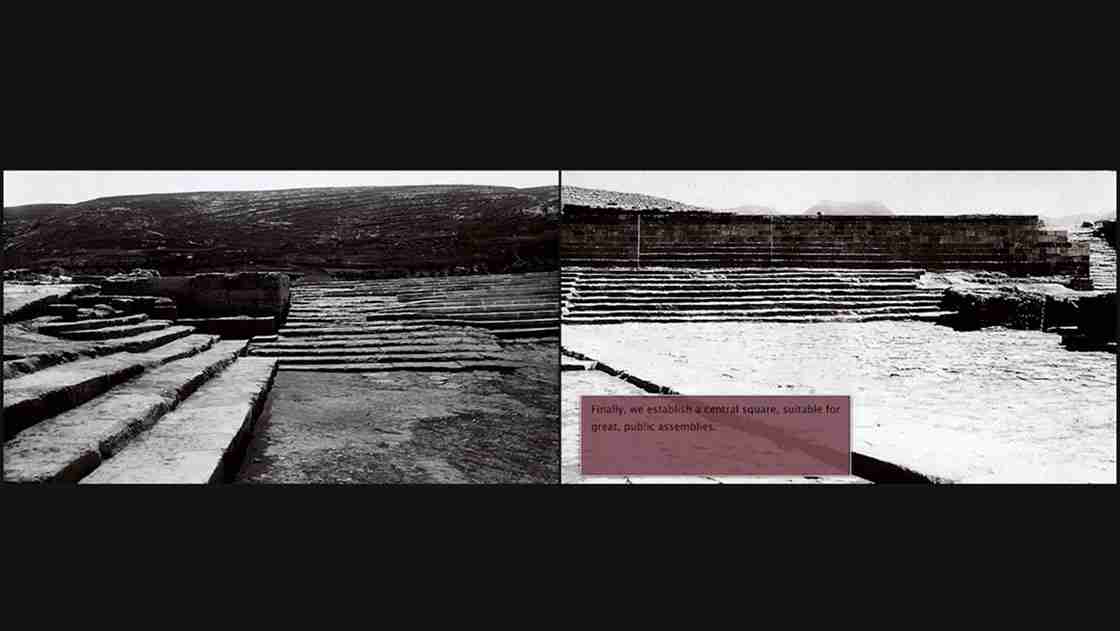
Henry Bond
Senior Lecturer
Research interests: Virilio's prism of military strategy, military tactics, and defense organisation is my current focus with a monograph book on this topic forthcoming 2020-21.
Related link:

Jo Addison
Head of the Department of Fine Art
The relationship between objects and the body, and of objects to one another is intrinsic to the haptic and spatial curiosity at the heart of Addison's sculptural research. Drawing from Bruno Latour, James Elkin, Jane Bennet's theories on things, and Tim Ingold and Richard Sennet's writing on making, she implements methods by which her decisions are governed by the behaviour of materials. Additionally, in collaboration with Natasha Kidd, Jo is engaged in a collaborative practice through which they explore learning as form. To date, this has included the production of a number of significant educational resources, objects and events, participation in educational research groups and contributions to national and international conferences and symposia.
Recent activities include: No Working Title, Tate Exchange and Blip Blip Blip, Gettin' the Heart Ready, The Royal Standard; Good Things to Come, The Gallery at Plymouth College of Art; Buffetd'art, Meinblau Gallery, Berlin; Stop Bugging Me | Frame 3, Tintype London 2015; Alioli, Outpost Norwich 2015; Combines #1, Model Liverpool 2014; Ideas are Faster, Five Years London 2012; Easy does it, David Dale Gallery Glasgow, Aid & Abet Cambridge, Supercollider Blackpool 2013.
Related links:
Lucy Renton
Associate Professor
Lucy Renton studied Fine Art at St. Martin's School of Art and the Royal College of Art, and is currently working towards a Professional Doctorate in Fine Art at the University of East London.
Lucy's research addresses the experience of excess in colour, repetition, and ornament, with recent artworks using an expanded definition of printmaking, drawn and painted figure and line, and appropriated domestic objects and patterns.
Lucy is currently artist in residence on the Arts Council funded Bummock project, led by artists Danica Maier and Andrew Bracey. This five-year research project explores artists' use of archives, including the Nottingham Lace Archive, where Lucy has been researching and making work, participating by invitation in the Nottingham Trent University ‘Summer Lodge' artist workshops in 2016/17. In October 2016 Lucy co-curated the artist residency and symposium inside in the parallel programme of the 3rd Istanbul Design Biennale.
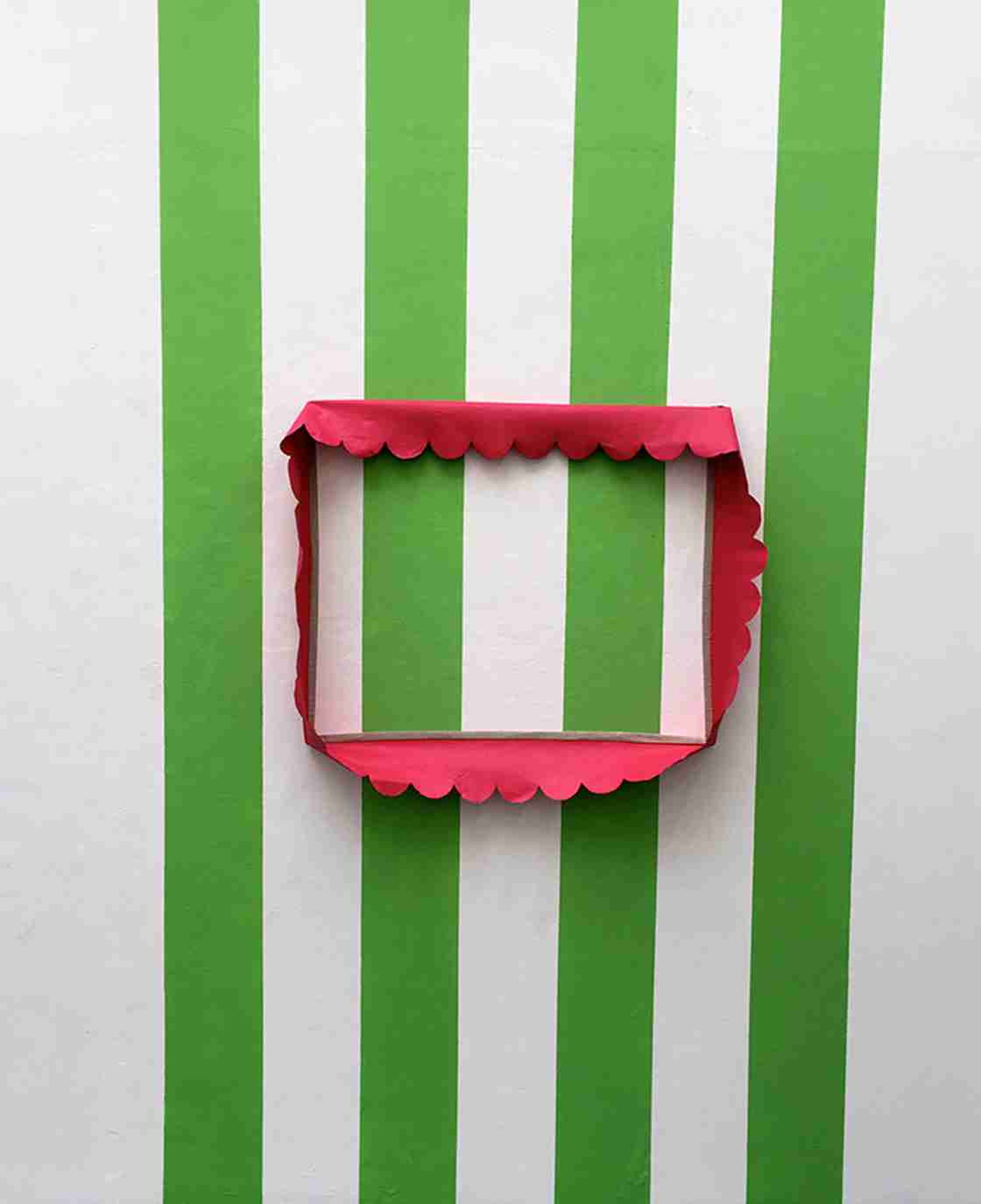
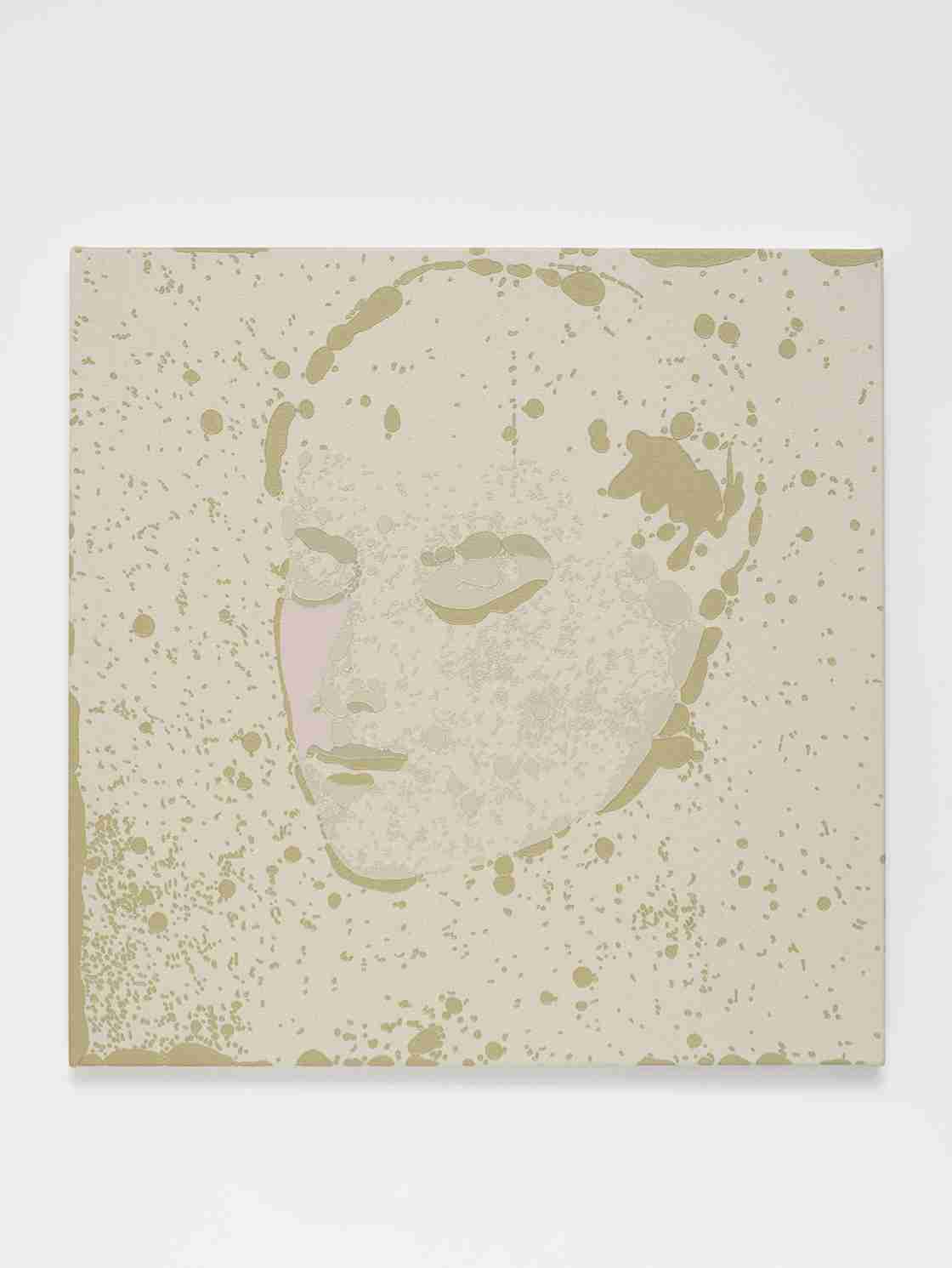
Mandy Ure
Dean of Kingston School of Art
In Mandy Ure's paintings there is an absurd investment, a committed doubt, in producing paintings that address temporality, belief and scepticism in a painting's ability to signify anything. Her paintings rehearse the rhetoric of painting, using the precedents and conventions of mark making, picturing and construction. These mechanistic methods are absorbed and conflated with an expressionless declaration of physical fact and a fascination with the desire for a potentially stable pictorial referent. The paintings fluctuate – by way of production and forms implied – between a simulation of meaningful activity and a belief that the temporality of painting can (still) allow for an alternate (s)pace of understanding.
Recent research includes exhibitions Native, Durden and Ray, LA, Here, there and somewhere in between, Horatio Jr, London, Welcome to Corfu, Depot, London and symposium ‘Women; Art, Books and Printed Matter', Hauser and Wirth, Somerset.
Mark Harris
Associate Professor in Fine Art
Mark Harris' key area of research and specialism is the history of the printed image and the processes and journey it takes through reproduction, translation and documentation. His own practice is informed by the language of print, using discarded publications as material to create collages, sculptures and multiples that explore themes of Utopian landscapes and interpretations of unrealised architectural schemes and models.
He has presented at International Print Symposiums in China and New Zealand. Recent exhibitions are a solo show at the De La Warr Pavilion, Bexhill, UK, and the 2015 London Open at the Whitechapel Gallery. In 2016 he was invited to give a Public Lecture at The Garage Museum of Contemporary Art, Moscow, Russia, in response to the exhibition Proof: Work of Francisco Goya, Sergei Eisenstein, and Robert Longo.
Related link:
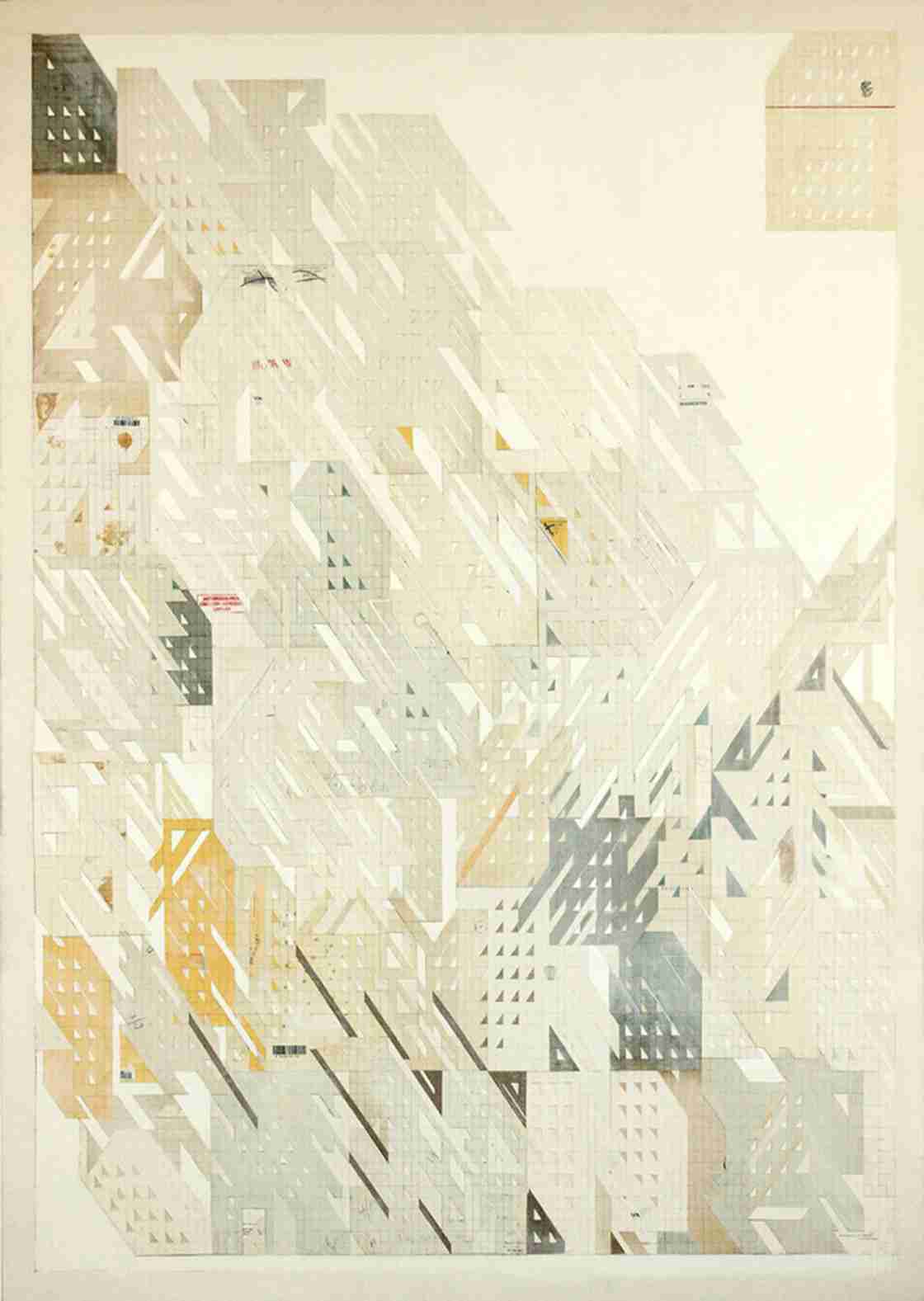

Mike Nelson
Professor of Fine Art
Mike Nelson's work has centred on the transformation of narrative structure to spatial structure, and on the objects placed within them, immersing the viewer and agitating their perception of these environments.
The narratives employed by the artist are not teleological, but multi-layered, and often fractured to the extent that they could be described as a semblance of ‘atmospheres', put together to give a sense of meaning. The more discrete sculptural works are informed by this practice, often relying on their ambiguity to fade in and out of focus, as a sculpture or thing of meaning, and back to the very objects or material from which they are made.
By working in this way the more overtly political aspects of the early works have become less didactic, allowing for an ambiguity of meaning, both in the way that they are experienced and understood. This has led to the possibility of the viewer being coerced into a state where the understanding of the varied structures of their existence, both conscious and sub-conscious, are made tangible.

Roman Vasseur
Senior Lecturer
My artworks, curatorial projects and writing redeploys fragments of cinema, architecture and cultural narratives to explore conflicting or transitional materialities and economies. The transportation of a crate of earth from Transylvania to Los Angeles via London and New York resulted in the merging of a gothic fiction with the banalities of transporting a material to its cinematic point of origin. More recently I was commissioned to reinterpret a post war town's master plan, questioning the role of art in its original vision. The ensuing art works questioned the function of these spaces and objects in the present, and how the economies of information supersede and alter these objects potential for agency.
I have exhibited at Cubitt Gallery, London (solo), the ICA, London, Jeffrey Charles Gallery, London, Project, Dublin and Raid Projects, Los Angeles. I have contributed to conferences and panel discussions at Tate Britain, the ICA and Milton Keynes Gallery and published with Mute Magazine and the Journal of Visual Arts Practices.
Sarah Bennett
Associate Professor
In her artistic research Bennett critiques the historical and contemporary contexts of psychiatric provision through embodied actions, digital recording methods and site-based interventions. Her four channel video installation Safe-keeping (Custodia) (2014) was developed through an invitation to work on an interdisciplinary and international research project Geographies of affect and memory at the Museo Laboratorio Della Mente, in Rome. The project explored the creative methods by which the museum constructs a contemporary mental health promotion message by forcing an emotional engagement with histories and memories of institutionalisation and the phenomenon of mental illness. Related projects include: Reformations (2010) and Institutional Traits (2012). Her published conference papers explore links between sited art practices, psychiatry, cultural geography, visual anthropology, museology and architecture.
Related link:


Volker Eichelmann
Associate Professor, Director of Postgraduate Research CARC
In 1925, Stephen Tennant (1906–1987), perhaps the most intriguing of England's ‘Bright Young Things', contemplated a novel about "high life with a capital H & full of crude impossibilities". He favoured amongst other titles The Monkey House, as well as Gutters of Gold. Despite his elaborate preparations, this book, like so many others imagined by Tennant during his life in a sequestered Wiltshire manor house, was never to materialise. Volker Eichelmann has resurrected Gutters of Gold as an intriguing visual essay. In this publication Eichelmann's paintings, collages and photographs overlap and underlie Tennant's drawings and personal ephemera. Reflections on landscape gardens and water-features, Greek antiquities and ruination, horticulture and eighteenth century découpage emerge as joint preoccupations that shift and expand in proximity as they unfold in a succession of scenarios conceived by Eichelmann under evocative chapter headings.
(from: Volker Eichelmann with Stephen Tennant, Gutters of Gold, Black Dog Publishing, 2017)
